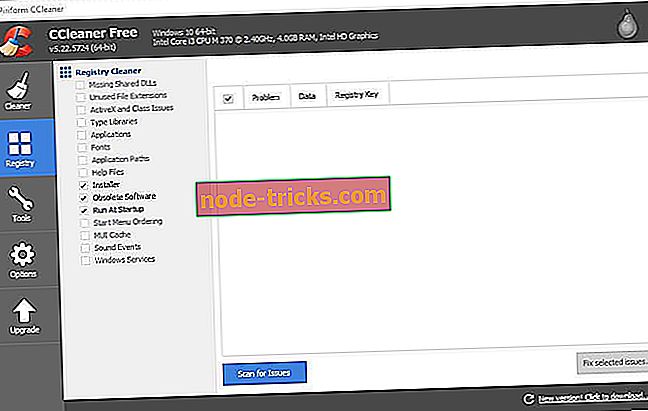
Mentioned below are some simple methods to solve the issues related to WINWORD.EXE. These errors should not be ignored as they can cause system instability and MS Word will cease to work.
WINWORD EXE SOFTWARE
This is a runtime error, it indicates that the system is having trouble running the software properly. WINWORD.EXE – Application Error “The exception unknown software exception (0xe0000002) occurred in the application a location *Hexadecimal memory address*.”.Regardless of the error code, an application error is usually fixed using the same method.
WINWORD EXE CODE
The error code can be 0xc0000142, 0xc0000715, or 0xc000007b, it occurs while trying to start MS word.

Under normal circumstances, you should not delete WINWORD.EXE. It is not a system file and it is responsible for running Microsoft Word. It is installed during the installation of Microsoft Office. It is a completely safe and trustworthy application as it is a part of the shareware software Microsoft Office. PropertiesĬ:\Program Files (x86)\Microsoft Office\root\Office16 ( can be a different name in case of other versions, e.g, Office13 for MS office 2013) Microsoft Word will stop working if you end the process, hence, WINWORD.EXE is an important process to ensure the proper functionality of the software. Have a look at my answer in particular: Dim app As New Excel.Application()ĭim wbs As Excel.Workbooks = app.Workbooksĭim ws As Excel.Worksheet = CType(wb.Sheets(1), Excel.It is a foreground process that starts running when you open Microsoft Word on your computer. As I said, quite often it's the ordering that causes a problem. This really isn't needed and you should be fine using the above method ReleaseObject. You mention that you use the GetProcessById method to then kill your Excel process. Overall your code would look something like: Dim strFileName As String = comm.GenerateFileName(strUser_id, strVPN) & ".docx" I would change: Marshal.releaseComObject(rng) and use the new method ReleaseObject(rng). I can also see you are attempting to dispose of your rng variable. What I would do is, replace this bit of code: newDoc.Close(save_changes) This always seems to be a problem with Interop. It's also worth noting that it's important to get the ordering right. You can then call upon this as and when you want to close Word. IntRel = .ReleaseComObject(obj)Īdd the above method to your application. This piece of code is what I've always used based on Siddharth Rout's bit of code and should give you what you are after: Private Sub ReleaseObject(ByVal obj As Object) Is it true? Does Word have a HWND property? I read somewhere that Word 2013 and later has an Application.HWND property. In Excel we get the solution by getting the process ID of the opened Excel instance using the HWND property and GetProcessById class. I'm still researching on different work around here. SaveFormat(Filename, strUser_Id, strFamilyId, strVPN, (), "application/vnd.ms-word", br_id, "doc") Here's the code in saving the new file, closing the Word application, saving the report, and deleting the generated file: Marshal.releaseComObject(rng)ĭim strFileName As String = comm.GenerateFileName(strUser_id, strVPN) & ".docx"ĭim filename As Object = Path.GetFullPath(strNewFilePath & strFileName)

Word reports are generated using, Version=12.0.0.0. This may lead to an Out-of-Memory-Exception when several Word processes are not terminated. When signing off, the WINWORD.EXE remains in the list. When the Service Account is signed-in, the WINWORD.EXE process is terminating properly and is being removed in the Task Manager’s list. My problem is that the WINWORD.EXE process fails to terminate and remains in the Task Manager after the report generation is completed (saved the report to database and delete the generated file). I'm running my application to another server using Remote Desktop. The application will fill up the template with the details supplied by the user's database records. I have an application which generates a report using a Word file template.


 0 kommentar(er)
0 kommentar(er)
